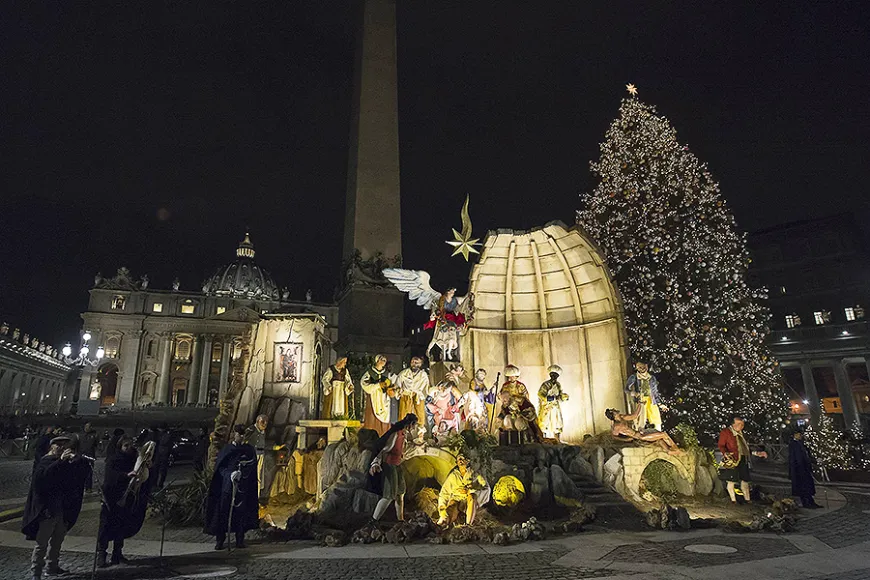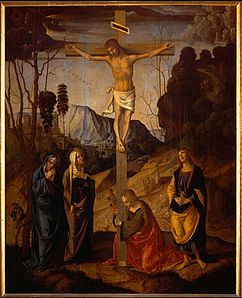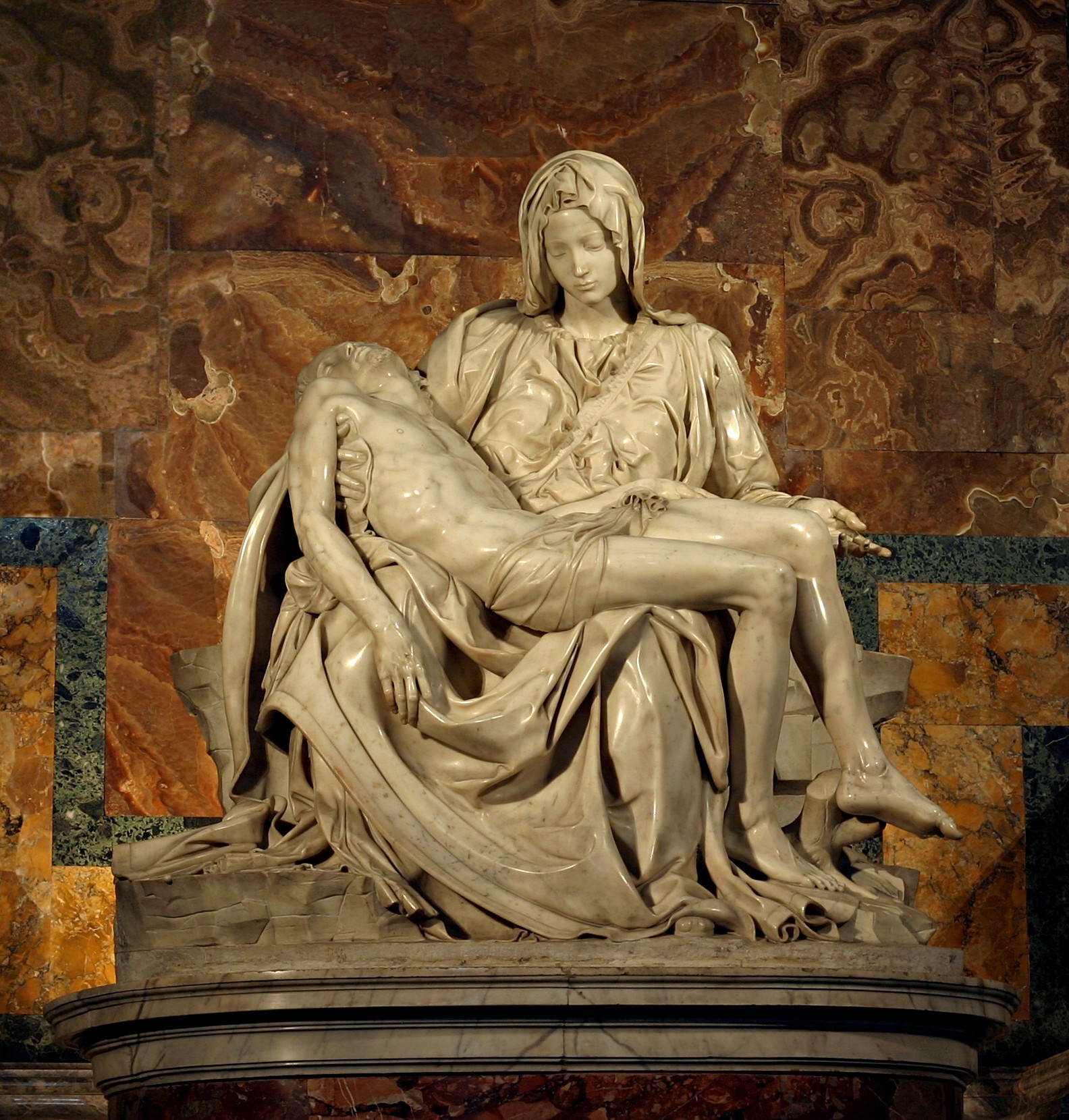 It has been two years since I made an entry in this blog. I write a bulletin column every week and preach daily and have not felt compelled to go beyond the audiences reached by these venues. In a time when it seems that everyone is craving an audience and everyone has something to say, additional words seem perhaps to be just additional noise. Yet these months of pandemic and weeks of civil unrest are challeging me and I feel like I should say something. So I would like to share with you my bulletin column this week, which expresses my own reflections on what to say and to whom I should listen
It has been two years since I made an entry in this blog. I write a bulletin column every week and preach daily and have not felt compelled to go beyond the audiences reached by these venues. In a time when it seems that everyone is craving an audience and everyone has something to say, additional words seem perhaps to be just additional noise. Yet these months of pandemic and weeks of civil unrest are challeging me and I feel like I should say something. So I would like to share with you my bulletin column this week, which expresses my own reflections on what to say and to whom I should listenIf we wish to dialogue, we should do this in the first place with the poor. They are not just another party to be won over, or merely another individual seated at a table of equals. They are our principal dialogue partners, those from whom we have the most to learn, to whom we need to listen out of a duty of justice, and from whom we must ask permission before presenting our proposals. Their words, their hopes and their fears should be the most authoritative voice at any table of dialogue.
 The quote above is taken from Pope Francis' Apostolic Exhortation on the Amazon, Querida Amazonia, which was promulgated this past February. While the context of the document is the Amazon region, the Holy Father addresses it to the whole world. He does so, he says, to awaken our concern for this region but also because the problems of this area oblige the Church to discuss, "a number of other important issues that can assist other areas of our world in confronting their own challenges."
The quote above is taken from Pope Francis' Apostolic Exhortation on the Amazon, Querida Amazonia, which was promulgated this past February. While the context of the document is the Amazon region, the Holy Father addresses it to the whole world. He does so, he says, to awaken our concern for this region but also because the problems of this area oblige the Church to discuss, "a number of other important issues that can assist other areas of our world in confronting their own challenges."
I believe we are in the midst of a moment, in which we must take the wisdom of the above statement and use it as we proceed from pandemic through the ongoing issues of racism and the violence brought about by bigotry.
In a recent post to his Twitter account, the former Governor of New York, George Pataki stated,
"People think America is bitterly divided. Ask yourself how many Americans think what happened to George Floyd is acceptable? Almost none. How many think rioting and assaulting police is ok? Almost none. This is a good country with good people. Stand together. Reject the extremes"
The former governor's point is valid, but the practical application of what appears to be common sense, continues to be fleeting. What am I missing? "Can't we all get along?" a seminal figure in this perduring conflict once asked. I believe we can't address these times with only a rejection of that which is abhorrent, but with a committment to proceed, as Pope Francis teaches, with regard to the peoples of the Amazon. We need to listen out of a duty to justice and because the hopes and the fears of those who have been afflicted by bigotry should be the most authoritative voice at any table of dialogue.
For the last few days I have been seeking out and reading first hand narratives of perspectives I could never have. It is heartbreaking to read accounts that speak of someone having to place children's items visible in the car, even if they were not parents, so they might appear to be less of a threat if they were involved in a traffic stop. Or being confronted in their neighborhood or apartment building, because someone did not think they belonged there. Assumptions that because they were black, they were not intelligent or could afford the car they drive. This is not the treatment my family and friends have encountered.
In reading these stories and through other personal conversations, I am only beginning to comprehend why the embers of everyday racism become the fuel that is ignited with the spark of another egregious incident. An article that I found most helpful, however, was one written by a white, former NFL player, Joe Thomas. The article is entitled, "Just Being Not Racist is Not Enough," and can be found at theplayerstribune.com. I encourage you to read it in its entirety but here are a few salient quotes:
- Learning about the black experience, and having those sorts of discussions, can be a major, driving force for change. Sometimes just recognizing and admitting there is a problem is the first and largest step toward finding a solution.
- We cannot just be non-racist. We really do need to be anti-racist.
- Understanding our fellow man will lead us to care and empathize with our fellow man, and we should be uncomfortable in not calling out racism. We should be uncomfortable in not doing what is right.
- We need to ask ourselves: Are my daily actions merely “not racist,” or are they “anti-racist”? Am I being passive or active? This is the standard by which we need to measure ourselves.
 What am I, a middle aged white male supposed to say? What am I, a priest and pastor of a suburban community supposed to say? Before I can answer those questions, I must first listen out of a duty to justice and second let those who have been afflicted by bigotry be the most authoritative voice of any dialogue.
What am I, a middle aged white male supposed to say? What am I, a priest and pastor of a suburban community supposed to say? Before I can answer those questions, I must first listen out of a duty to justice and second let those who have been afflicted by bigotry be the most authoritative voice of any dialogue.
I do have a desire to speak about the injustice of bigotry and the sin of racism. I also want to speak on behalf of the courageous and sacrificial law officers that I know. I feel called to speak and teach about what the church says about the sancity of all human life and how that teaching must be consistantly lived by all constituencies. But out of justice I must first listen.
Let us commit ourselves to listen, to seek to understand, and to be a part of the
change that heals.



























